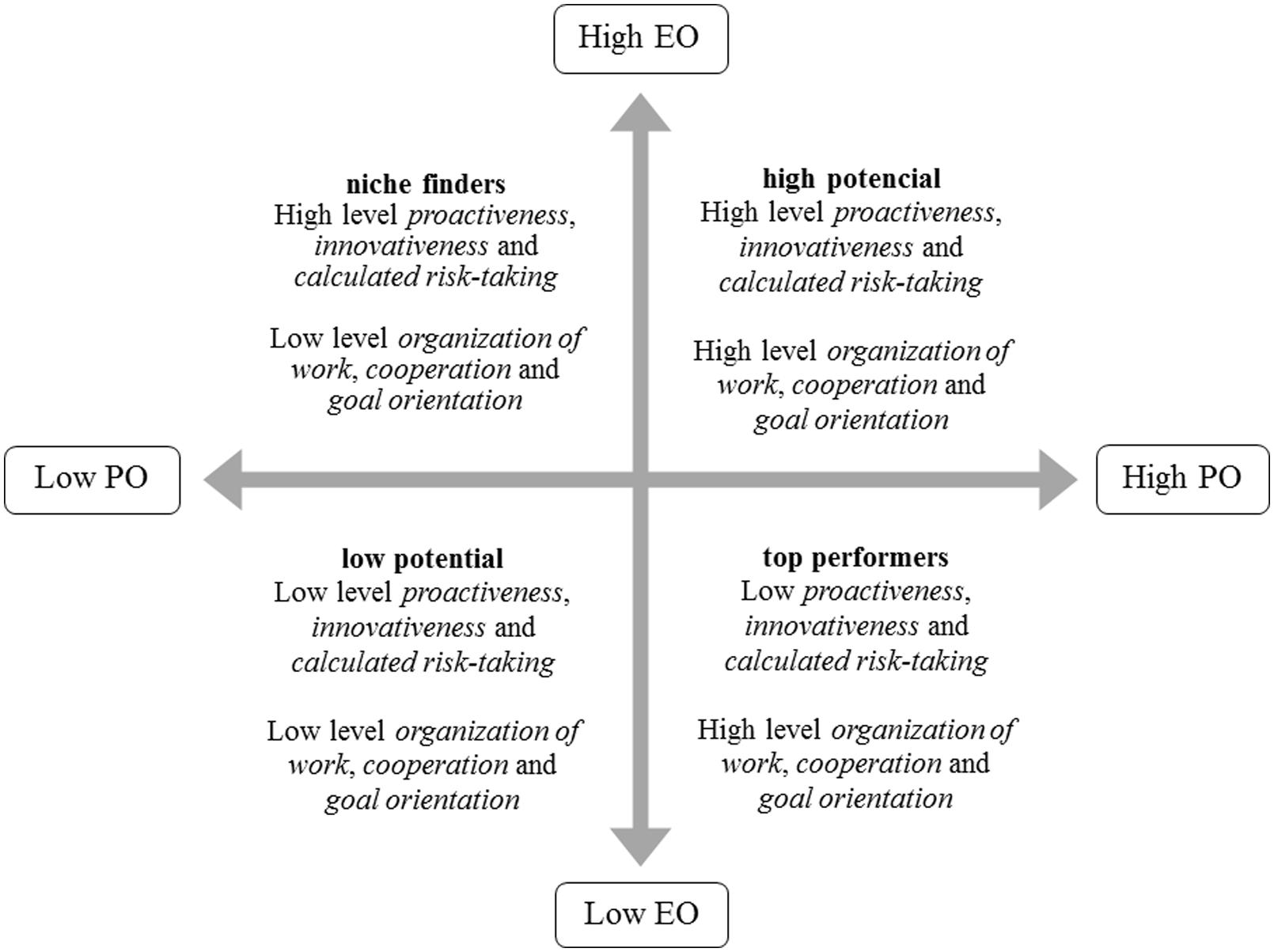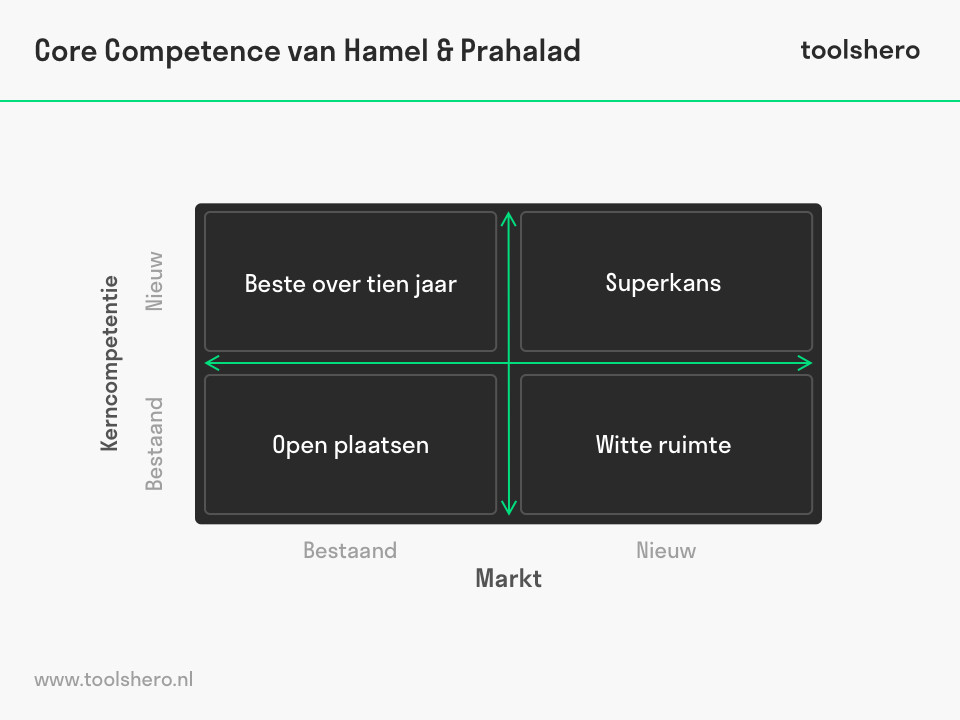
Prahalad & Hamel 1990
Strategy as Stretch and Leverage. by. Gary Hamel. and. C.K. Prahalad. From the Magazine (March-April 1993) General Motors versus Toyota. CBS versus CNN. Pan Am versus British Airways.

House of Control
Strategic analysis The Core Competence of the Corporation How companies cultivate the skills and resources for growth. by C.K. Prahalad and Gary Hamel From the Magazine (May-June 1990) Robert.

hamel et prahalad compétences
In their stead have come the powerful ideas and methodologies of Gary Hamel and C.K. Prahalad, whose much-revered thinking has already engendered a new language of strategy. In this book, they.

Hamel & Prahalad Model Competence (Human Resources) Strategic Management
Gary Hamel and C.K. Prahalad From the Magazine (July-August 1994) Look around your company. Look at the high-profile initiatives that have recently been launched, the issues preoccupying senior.

An Introduction to Prahalad and Hamel’s Core Competence of the Corporation Instructional Video
Prof. C. K. Prahalad (Professor of Business Administration and of Corporate Strategy and International Business) Strategic and International Management, London Business School, London. Prof. G. Hamel (Visiting Professor)

This article explains Hamel and Prahalad’s core competence approach. In addition to the
Work. Gary Hamel is the originator (with C.K. Prahalad) of the concept of core competencies. He is also the director of the Woodside Institute, a nonprofit research foundation based in Woodside, California. He was a founder of the consulting firm Strategos, serving as chairman until 2003. The UTEK Corporation acquired Strategos in 2008 in an.

Based on the framework of Hamel and Prahalad [7] The road to OER... Download Scientific Diagram
Prahalad, C. K. and Hamel, Gary, The Core Competence of the Corporation (1990). University of Illinois at Urbana-Champaign's Academy for Entrepreneurial Leadership Historical Research Reference in Entrepreneurship, Available at SSRN: https://ssrn.com/abstract=1505251 Not Available for Download 0 References 0 Citations

Core Competence model (Hamel en Prahalad) Toolshero
In this McKinsey Award-winning article, first published in May 1989, Gary Hamel and C.K. Prahalad explain that Western companies have wasted too much time and energy replicating the cost and quality advantages their global competitors already experience. Canon and other world-class competitors have taken a different approach to strategy: one of strategic intent.

Based on the framework of Hamel and Prahalad [7] The road to OER... Download Scientific Diagram
A core competency is a concept in management theory introduced by C. K. Prahalad and Gary Hamel. [1] It can be defined as "a harmonized combination of multiple resources and skills that distinguish a firm in the marketplace" and therefore are the foundation of companies' competitiveness. [2] Core competencies fulfill three criteria: [1]

Hamel y Prahalad PDF Pobreza Pobreza e indigencia
In this article, renowned management experts Gary Hamel and C. K. Prahalad introduce their approach to strategic planning in the face of tough competition. With advice on tailoring your company's strategy and developing the will to win within your firm, this article helps you define a long-term strategy for your organization that captures employees' imaginations and creates a clear path to.

How core competences create value. Adapted from Prahalad and Hamel (1990). Download Scientific
A 'core competence' (or competency) is a corporation's learned ability to coordinate technologies and production processes across boundaries in the organization. As defined by C. K. Prahalad and Gary Hamel, a bundle of capabilities can be considered a core competence if it creates value in core products, is applicable across a wide range.

De ideeën van Hamel & Prahalad over leidinggeven aan vernieuwing MBA in één dag Management
Gary Hamel and C.K. Prahalad From the Magazine (July-August 2005) Today managers in many industries are working hard to match the competitive advantages of their new global rivals.

General core competence model (after Prahalad and Hamel 27 ). Download Scientific Diagram
The concept 'strategic intent' was first popularized in a 1989 Harvard Business Review article by Gary Hamel and Prahalad ().These authors argued that Western companies using traditional competitor analysis had continued to focus on the fit between current resources and opportunities, while Asian companies that had risen to global leadership were leveraging available resources to achieve.

Hamel en Prahalad YouTube
1. Resources These are the sources for the development and acquisition of skills and technologies. 2. Capabilities The various possibilities to build core competences. 3. Competitive advantage The challenge to acquire and develop the largest possible market share of core products. Strategy

House of Control
Strategic Intent (HBR Classic) By: Gary Hamel, C.K. Prahalad. In the early 1970s, when Canon took its first halting steps in reprographics, the idea of a fledgling Japanese company challenging Xerox seemed impossible. Fifteen years later, it matched the U.S.…. Length: 15 page (s)

Les auteurs en prépa ECT 6 Hamel et Prahalad Page 2 sur 4 MajorPrépa
Prahalad and Hamel provide several case examples of companies that have built global leadership in their business based on their core competence. They cite Honda with its core competence in engines, 3M's competence in sticky tape, Sony in miniaturisation, Philip's optical media expertise, Citicorp in operating system, and Canon's core competence in optics, imaging, and microprocessor.